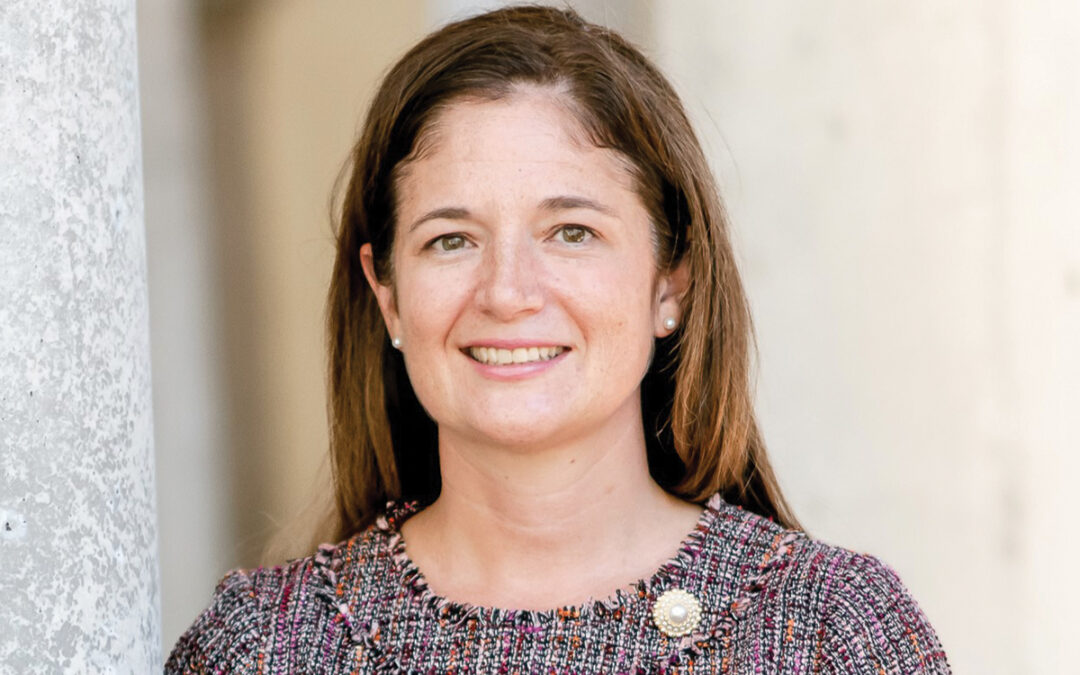Overweight, chunky, fat, husky, obese — no parent wants to hear their child labeled with adjectives like these. Never mind the gut-wrenching sadness you experience seeing a child’s self-esteem whittled away by our shallow society; what’s really heartbreaking is a child with diabetes, symptoms of cardiovascular disease or depression. Today’s children are likely to be the first generation to live shorter, less healthy lives than their parents. Approximately 25 million children are already obese or overweight. We can blame this out-of-control freight train on television, fast foods, video games, trans fats, schools and parents, but the unavoidable reality is this: Fat children equal fat adults. According to the Centers for Disease Control and Prevention (CDC), overweight children and adolescents are likely to become obese as adults. For example, one study found that approximately 80 percent of children who were overweight at ages 10 to 15 years were obese adults at age 25. Another study found that 25 percent of obese adults were overweight as children. The latter study also found that if overweight begins before 8 years of age, obesity in adulthood is likely to be more severe.
Surprising? Not really, when you examine how our society as a whole has engineered physical activity out of our lives. While there are a number of factors contributing to the soaring rates of obesity among youth, the declining levels of physical activity are helping to tip the scale toward pudgy. In past generations, children walked to school and played outside. Today children are driven to school and stay at extended care programs until parents pick them up. According to a Promoting Physical Activity in Children digest from the Education Resources Information Center (ERIC), “Children who may be naturally active at young ages learn (through a variety of socialization influences) to adapt to the sedentary patterns of living that our culture embraces. From this perspective, children don’t really become less active with age, they just become adults!”
WHATS THE SOLUTION?
Perhaps the best way to tackle the problem is for us to begin as we mean to go. In other words, we won’t let our children get fat in the first place by committing ourselves and our families to eating healthy diets and leading active lifestyles. When is the best time to adopt this approach? Ideally, before they’re even born.
CREATE HEALTHY TASTE BUDS
FExperts agree parents have the greatest influence, even a biological influence, over what children will eat. “If the mother is eating Cheetos and white bread, the fetus will be born with those taste buds. If the mother is eating carrots and oatmeal, the child will be born with those taste buds,” says Dr. Robert Trevino at the Social and Health Research Center in San Antonio.
What about those picky periods when all toddlers want to eat is mac and cheese? Pediatricians and dietitians urge parents not to give up. Some experts say you may need to put a new food in front of a child up to 14 times before you convert him. When introducing new foods to your kids, think patience, perseverance and food variety because most kids will learn what tastes good and what tastes “yucky” by their 10th birthdays.
SHOP THE PERIMETER
Moms end up shouldering the responsibility for what their families eat because they make most of the purchasing decisions. Look at your cart the next time you go grocery shopping. Is it full of foods found on the perimeter of the grocery store, such as fresh produce, meat and whole grain bread? If not, you need to make some changes. Highly processed foods, such as those found in the middle aisles, are full of sugars, fats and food dyes that aren’t good for adults, much less children.
Another strategy to get your children eating more fruits and veggies is to grow some at home. It doesn’t have to be a huge garden — with your children, plant tomatoes or strawberries in a container and watch their excitement as the fruit begins to grow. A study published in 2007 in the Journal of the American Dietetic Association shows that preschoolers in rural areas are more likely to eat fruits and vegetables if they’re grown at home.
“If we don’t reach children before they get to puberty, it’s going to be very tough, very difficult to change their eating behavior,” says Trevino.
MODEL HEALTHY BEHAVIORS
“Choo-choo train! Come on!” yells Amanda Farren, instructor and owner of Stroller Fit, a stroller fitness class that meets at Brackenridge Park. She’s directing a line of new mothers with babies and toddlers in strollers to start a catch-up drill where the mom at the end of the line runs past the walkers to get to the front of the line. With bright eyes and smiling faces, the children watch as their mothers do jumping jacks, stretch to “I’m a little teapot,” and give Amanda 20 push-ups before zooming off for another cardio drill.
Farren, a former grade-school teacher and now mother of two, is a big believer in being a healthy role model for children. She attended the Stroller Fit classes when her son was a baby, then became an instructor. This past summer, she bought the franchise and was back teaching just six weeks after the birth of her baby girl.
“We’re demonstrating to our children from birth that physical activity is important to us,” says Farren. “I have a couple of moms who have been coming to class with their children for two years, and now the 2-year-olds are showing us their moves, doing push-ups and stroller-lunges right next to their moms. They’re learning exercise is fun and a daily part of life.”
ENCOURAGE ACTIVE PLAY
As physicians in San Antonio, both Arie and Frank Scribbick deal daily with the devastating effects of obesity, such as diabetes and cardiovascular problems. Thin and active themselves, the Scribbicks took their parental responsibilities seriously from the start.
They started emphasizing fitness when their three children hit preschool age — not in a regimented way, but more through encouraging active play. “When I say ‘play,’ I want them to think of it as a verb,” explains Arie Scribbick, an ER doctor. “Like go ride a bike, jump on the trampoline, swim or play football — it doesn’t mean hook up the video game to the TV and sit down.”
BE INVOLVED
Many parents may assume children receive enough physical education at school. However, research shows promoting physical activity in kids takes parental involvement because the limited amount of time in the school curriculum is not sufficient for promoting activity or fitness. Parental involvement might include family walks, playing catch or practicing physical skills. While the activity itself has benefits for physical development, the involvement of the parents also demonstrates to the children that they feel physical activity is important.
MAKE IT EASY
Many aspects of society make it harder for children to be physically active. Contributing to physical inactivity in children are the increasing reliance on after-school programs and parental concerns about the safety of parks and playgrounds. Because these factors are out of the child’s control, parents need to accept responsibility for finding opportunities for children to be physically active on a daily basis. For example, parents can provide access to facilities and programs, as well as helping children get equipment.
TO PARENT
It’s not just a noun. Good parenting is an active verb. Parents who encourage, facilitate and model healthy eating and physical activity and who participate with their children can help them avoid weight gain and go on to lead long, healthy lives.
Author: Kelly A. Goff









0 Comments